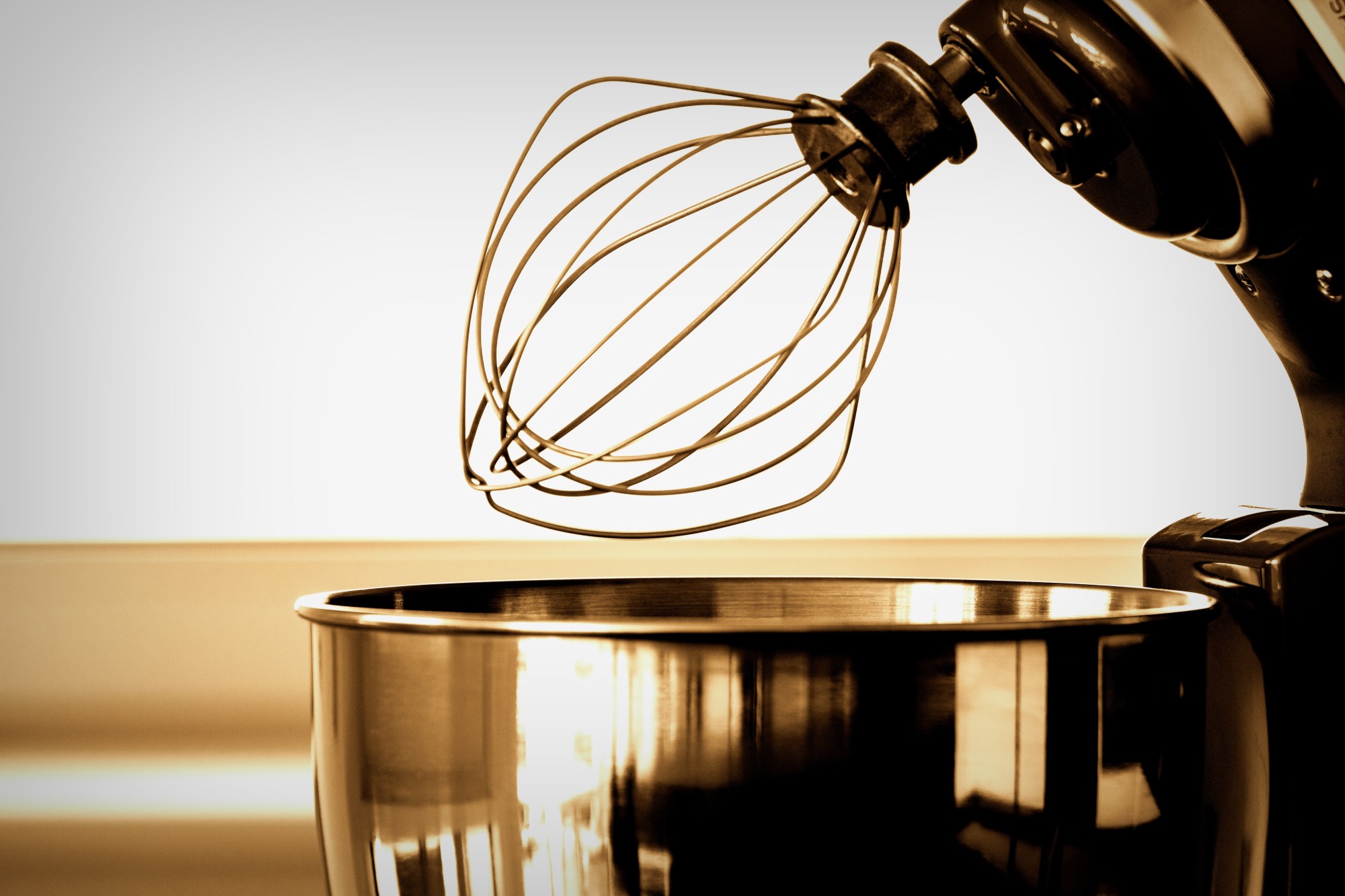

Articles
What To Use Instead Of Mixer
Modified: January 19, 2024
Looking for alternatives to a mixer? Check out our informative articles for excellent suggestions and recommendations to meet your needs.
(Many of the links in this article redirect to a specific reviewed product. Your purchase of these products through affiliate links helps to generate commission for Storables.com, at no extra cost. Learn more)
Introduction
When it comes to kitchen appliances, a mixer is a versatile tool that many home cooks rely on for various tasks. From whipping up batter for cakes and cookies to kneading dough for bread, a mixer can save time and effort in the kitchen. However, there may be instances where you find yourself without a mixer or need an alternative for a specific task. In this article, we will explore several alternatives to a mixer that you can use to achieve similar results.
Key Takeaways:
- Versatile Alternatives to a Mixer
Discover practical alternatives like hand blenders, whisks, and food processors for various mixing tasks. Each alternative offers unique benefits and suits different situations, enhancing your culinary experience. - Consider Your Specific Needs
When choosing an alternative to a mixer, consider factors such as the type of recipe, quantity of ingredients, and desired level of control. Experimenting with different alternatives can open up new possibilities in the kitchen.
Read more: What To Use Instead Of Gutters
Hand Blender
One of the most popular alternatives to a traditional mixer is a hand blender, also known as an immersion blender. A hand blender is a handheld device with a motor and a blending attachment at the end. It is perfect for tasks like blending soups, sauces, and even making smoothies.
The compact size of a hand blender makes it easy to maneuver and control, allowing you to blend ingredients directly in the pot or container. Simply immerse the blending attachment into the mixture and let the powerful motor do the work. The speed settings on a hand blender allow you to adjust the blending speed according to your preference.
In addition to blending, hand blenders often come with additional attachments such as a whisk or a chopper, further expanding their functionality. This means you can use a hand blender not only for mixing but also for whipping cream, beating eggs, and finely chopping ingredients.
Hand blenders are also easy to clean, as most of the attachments can be detached and washed separately. Their compact size makes them ideal for smaller kitchens or for those who have limited counter space. Plus, they are generally more affordable compared to stand mixers.
However, it is important to note that hand blenders may not be suitable for heavier tasks like kneading dough or mixing thick batters. In such cases, you may need to consider other alternatives we will discuss in this article.
Whisk
When it comes to whisking ingredients, a whisk is a classic and effective tool that can be used as an alternative to a mixer. A whisk consists of a handle with wire loops that are looped together at one end.
Using a whisk requires a bit of manual effort, but it can achieve the same results as a mixer when it comes to incorporating air into ingredients and creating a smooth and fluffy texture. Whisks are particularly useful for tasks like beating eggs, whipping cream, and whisking together batters.
To use a whisk, simply hold the handle firmly and use quick, circular motions to whisk the ingredients together. The wire loops help to incorporate air into the mixture, resulting in a light and airy texture. Depending on the task, you can adjust the speed and intensity of your whisking motion to achieve the desired consistency.
One benefit of using a whisk is that it allows for greater control over the mixing process. You can easily monitor the progress and adjust the mixing technique as needed. Additionally, whisking by hand can be a more mindful and satisfying experience, allowing you to connect with the cooking process on a deeper level.
Whisks are also easy to clean and store, as they do not take up much space in the kitchen. They are also relatively affordable, making them a practical alternative to a mixer.
However, it is important to note that a whisk may not be suitable for tasks that require heavy-duty mixing or for mixing thick batters. In those cases, you may need to consider other alternatives such as a hand blender or a stand mixer.
Food Processor
When it comes to tasks like chopping, blending, and mixing, a food processor can be a great alternative to a mixer. A food processor is a versatile kitchen appliance that can handle a variety of tasks with ease.
One of the main advantages of using a food processor is its powerful motor, which allows it to handle tougher ingredients and larger quantities. You can use a food processor to chop vegetables, blend ingredients for sauces or dips, and even mix dough for certain types of baked goods.
Using a food processor is fairly simple. Just add the ingredients to the processor bowl, secure the lid, and select the appropriate setting or speed. The sharp blades and powerful motor will quickly and efficiently process the ingredients, resulting in a well-mixed and evenly blended mixture.
In addition to mixing, a food processor can also be used for tasks like shredding, grating, and pureeing. Many food processors come with different blade attachments and disc inserts that allow you to customize the processor’s function according to your needs.
Cleaning a food processor can be a bit more involved compared to a whisk or a hand blender, as the bowl, lid, and blades need to be washed separately. However, most parts are dishwasher safe, which makes cleaning easier.
While a food processor can be a great alternative to a mixer for many tasks, it may not be suited for tasks that require precise control over the mixing process or for recipes that require gentle folding of ingredients. In those cases, other alternatives such as a whisk or a hand blender may be more suitable.
Overall, a food processor is a versatile tool that can act as a multipurpose alternative to a mixer, making it a valuable addition to any kitchen.
Consider using a cocktail shaker or a mason jar with a tight-fitting lid as an alternative to a mixer. These options can effectively mix your ingredients without the need for a traditional mixer.
Immersion Blender
An immersion blender, also known as a stick blender or hand blender, is another excellent alternative to a traditional mixer. As the name suggests, an immersion blender is a handheld device that you immerse directly into the ingredients to blend or mix them.
The main advantage of an immersion blender is its convenience and ease of use. It eliminates the need for transferring ingredients to a separate blending container, as you can blend them directly in the pot or bowl. This makes it an ideal tool for tasks like blending soups, sauces, and smoothies.
To use an immersion blender, simply submerge the blending end into the mixture and activate the motor using the control buttons or switch. The powerful motor and sharp blades quickly blend the ingredients, achieving a smooth and evenly blended consistency.
One of the benefits of an immersion blender is its versatility. Many models come with interchangeable attachments, such as a whisk or a chopping blade, allowing you to perform a range of tasks beyond just mixing. You can whip cream, beat eggs, and even chop ingredients using the same handheld device.
Cleaning an immersion blender is relatively easy, as most models feature detachable blending attachments that can be rinsed or washed separately. The compact size of an immersion blender also makes it easy to store, taking up minimal space in your kitchen.
While an immersion blender can handle most blending and mixing tasks, it may not be suitable for tasks that require heavy-duty mixing or for recipes that involve precise control or delicate folding of ingredients. In such cases, alternatives like a whisk or a stand mixer may be more appropriate.
Overall, an immersion blender offers convenience, versatility, and easy cleanup, making it a valuable tool in the kitchen and an excellent alternative to a traditional mixer.
Read more: What To Use Instead Of A Dresser
Stand Mixer
A stand mixer is a powerful kitchen appliance that is specifically designed for mixing, beating, and kneading ingredients. It is a popular choice among home cooks and professional bakers due to its capacity to handle heavy-duty tasks and its convenience.
One of the main advantages of a stand mixer is its powerful motor, which allows it to handle large quantities of ingredients and tougher textures. Stand mixers typically come with various speed settings, allowing you to adjust the mixing speed according to the recipe’s requirements.
One of the standout features of a stand mixer is its versatility. Most models come with different attachments like a whisk, paddle, and dough hook. These attachments enhance the mixer’s functionality and enable you to perform a wide range of tasks such as mixing batters, whipping cream, and kneading dough for bread or pastries.
The hands-free operation of a stand mixer is another advantage. Once the ingredients are added to the mixing bowl and the appropriate attachment is fixed, you can simply turn on the mixer and let it do the work. This allows you to multitask in the kitchen and attend to other preparations while the mixer does the heavy lifting.
Stand mixers also offer precise control over the mixing process, thanks to their steady and consistent speed. This allows for even blending and mixing of ingredients, ensuring a consistent texture and taste in your baked goods or other recipes.
While stand mixers excel in terms of power and convenience, they can be a larger investment compared to other alternatives. However, if you are an avid baker or frequently engage in tasks that require heavy-duty mixing, a stand mixer is a worthwhile investment.
In addition, stand mixers may take up a significant amount of counter space and can be quite heavy. Therefore, it is important to consider your kitchen’s size and storage capabilities before purchasing a stand mixer.
Overall, a stand mixer is a versatile, powerful, and convenient appliance that can handle a wide range of mixing tasks. It is an excellent option for those who regularly engage in baking or recipes that require heavy-duty mixing.
Conclusion
In conclusion, while a mixer is a versatile kitchen tool, there are several alternatives that can be used to achieve similar results. Whether you’re in a pinch without a mixer or looking for different options for specific tasks, there are alternatives available to suit your needs.
A hand blender, also known as an immersion blender, is perfect for tasks like blending soups, sauces, and even making smoothies. Its compact size and versatility make it a practical choice for many mixing tasks.
A whisk is a classic tool that can be used for whisking ingredients, beating eggs, and whipping cream. It offers control and allows for a more hands-on approach to mixing.
A food processor is an excellent alternative for tasks that involve chopping, blending, and mixing. Its powerful motor and interchangeable attachments make it a versatile option for various kitchen tasks.
An immersion blender is another handheld device that can be used for blending and mixing directly in the pot or bowl. It offers convenience and easy cleanup.
Finally, a stand mixer is a powerful appliance that excels in heavy-duty mixing tasks. With its various attachments and hands-free operation, it is a popular choice among home cooks and professional bakers.
It’s important to consider your specific needs and requirements when choosing an alternative to a mixer. Factors such as the type of recipe, the quantity of ingredients, and the desired level of control will help determine the best alternative for the task at hand.
Ultimately, whether you choose a hand blender, whisk, food processor, immersion blender, or stand mixer, each alternative offers unique benefits and suits different situations. Experimenting with these alternatives can open up new possibilities in the kitchen and enhance your culinary experience.
Frequently Asked Questions about What To Use Instead Of Mixer
Was this page helpful?
At Storables.com, we guarantee accurate and reliable information. Our content, validated by Expert Board Contributors, is crafted following stringent Editorial Policies. We're committed to providing you with well-researched, expert-backed insights for all your informational needs.
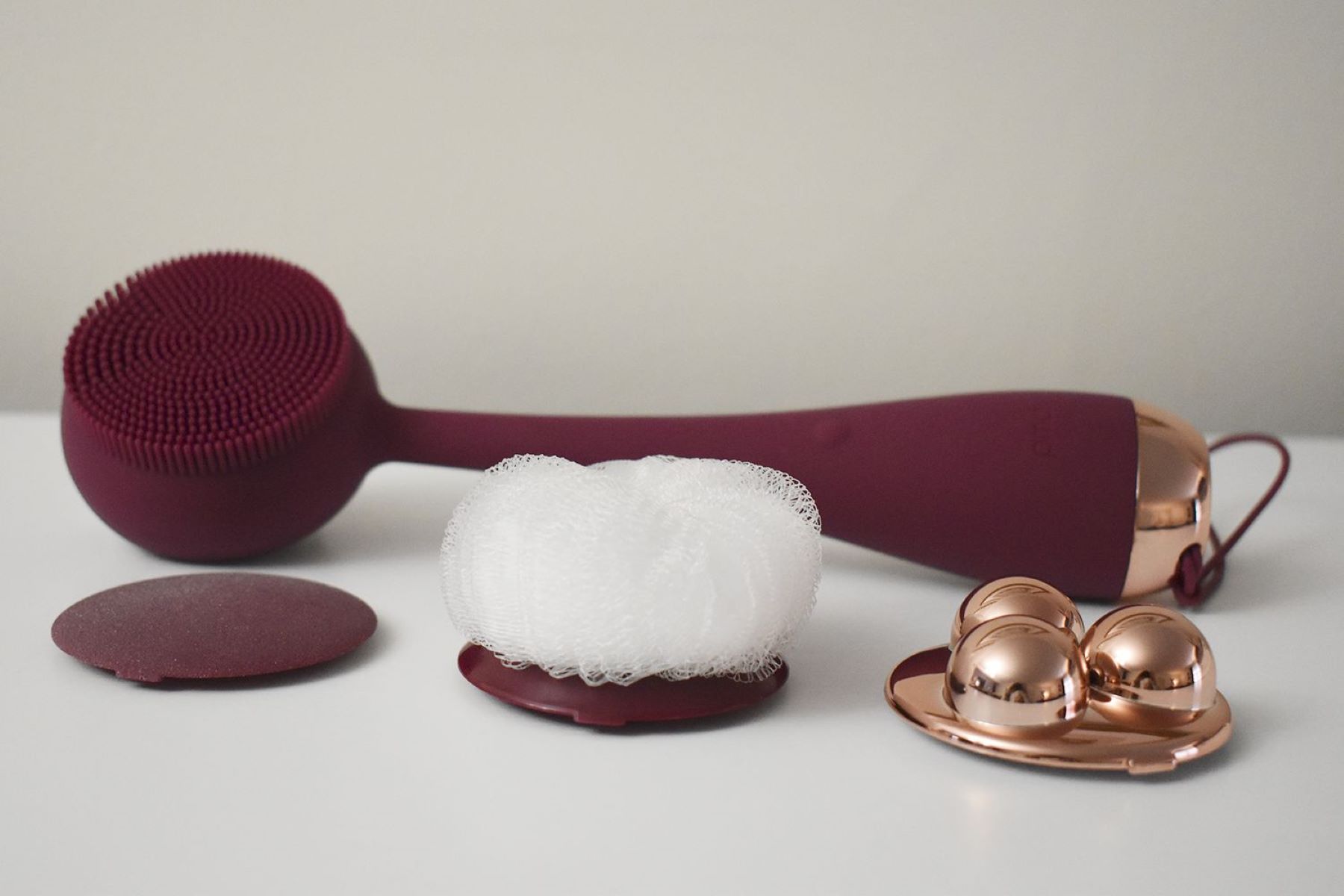


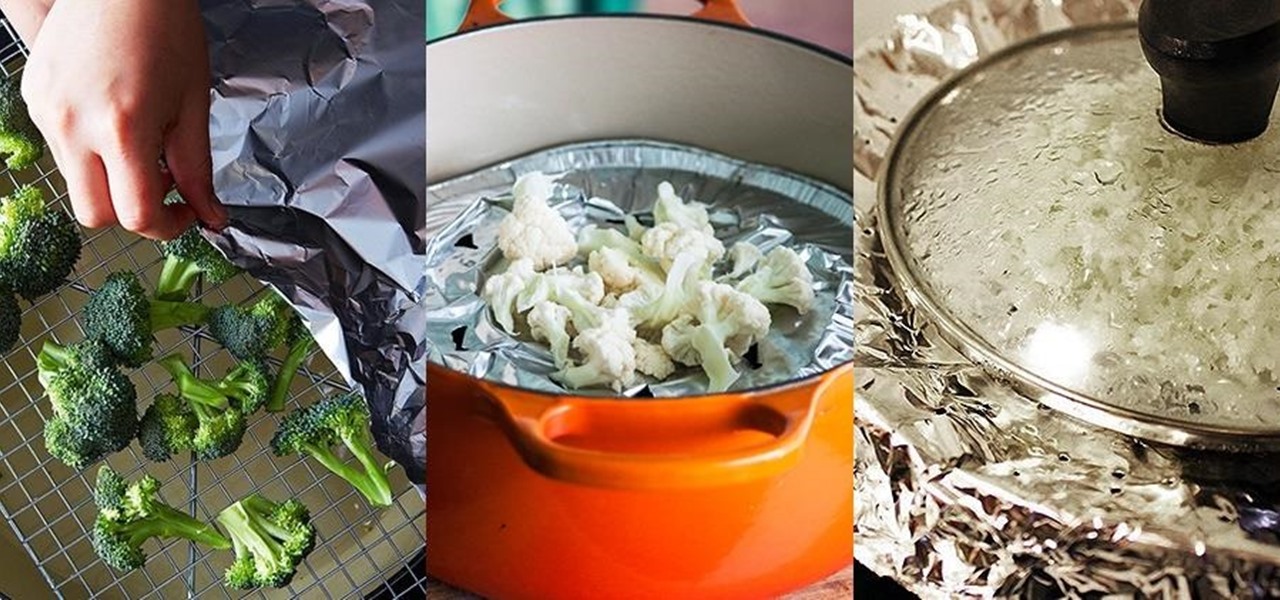
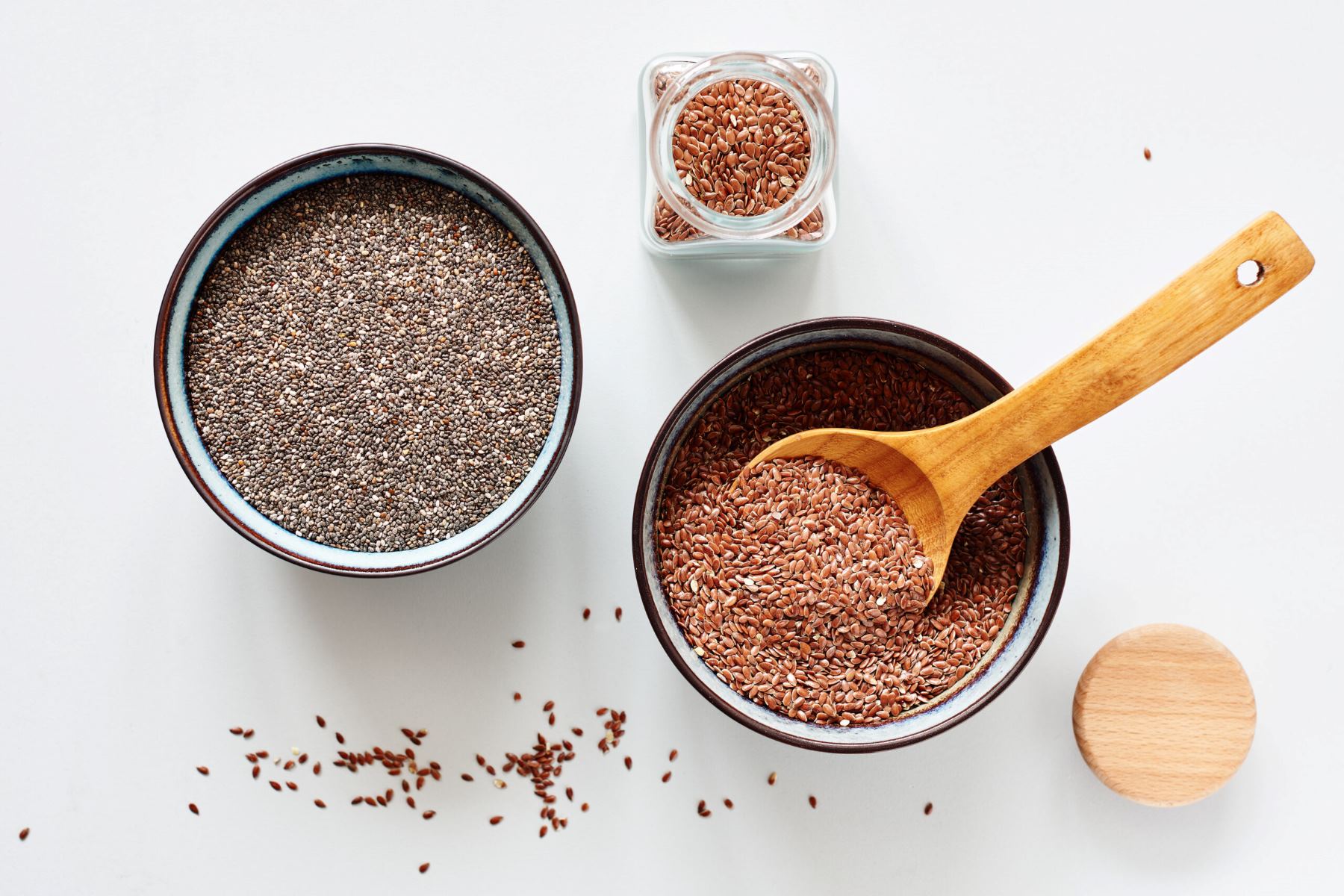

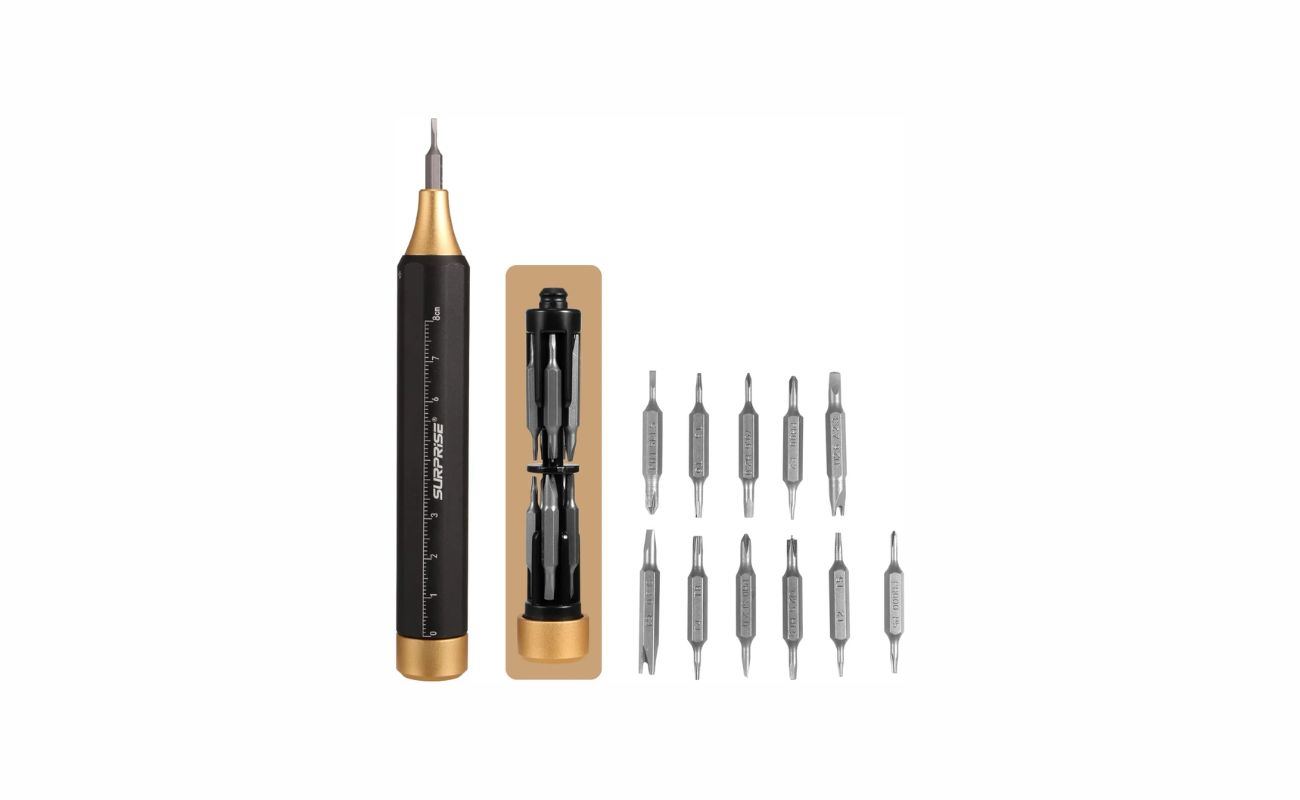
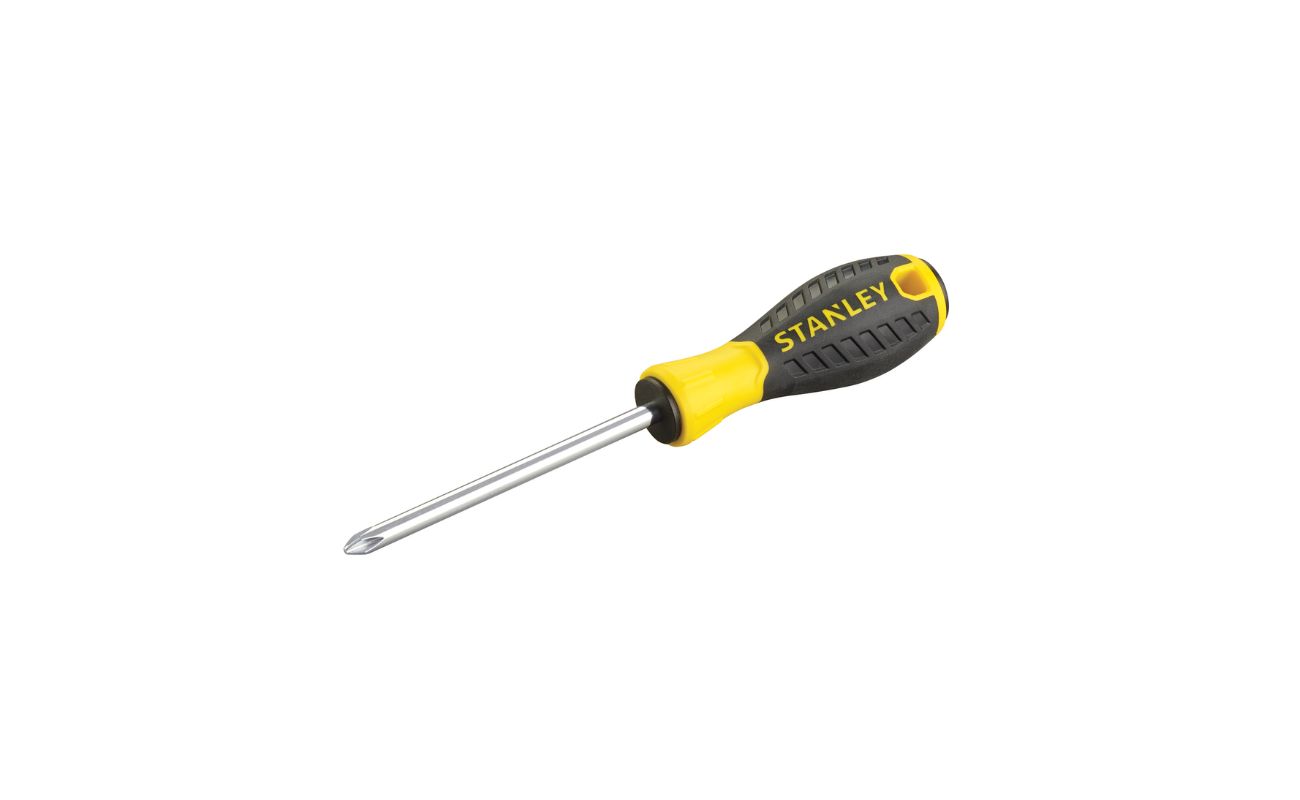

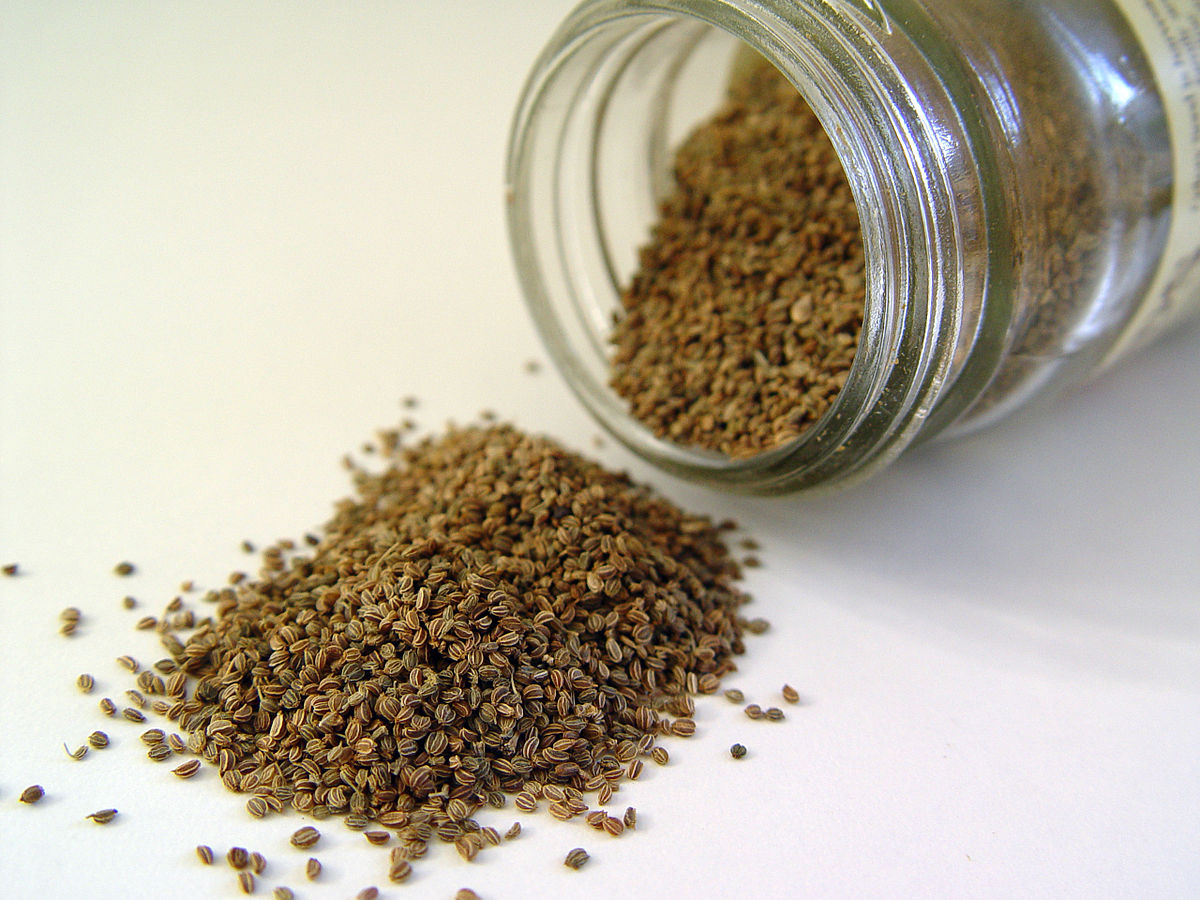

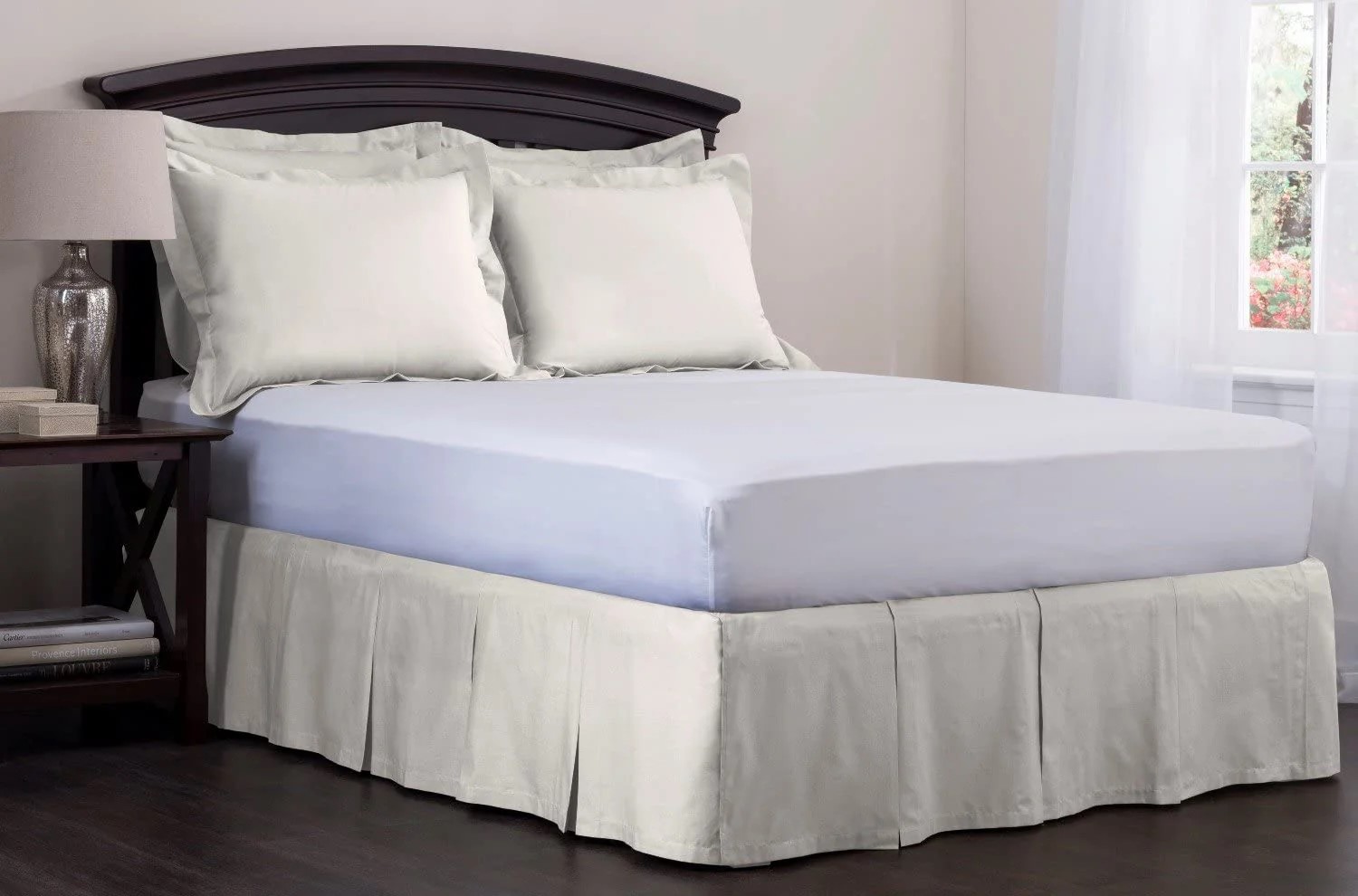
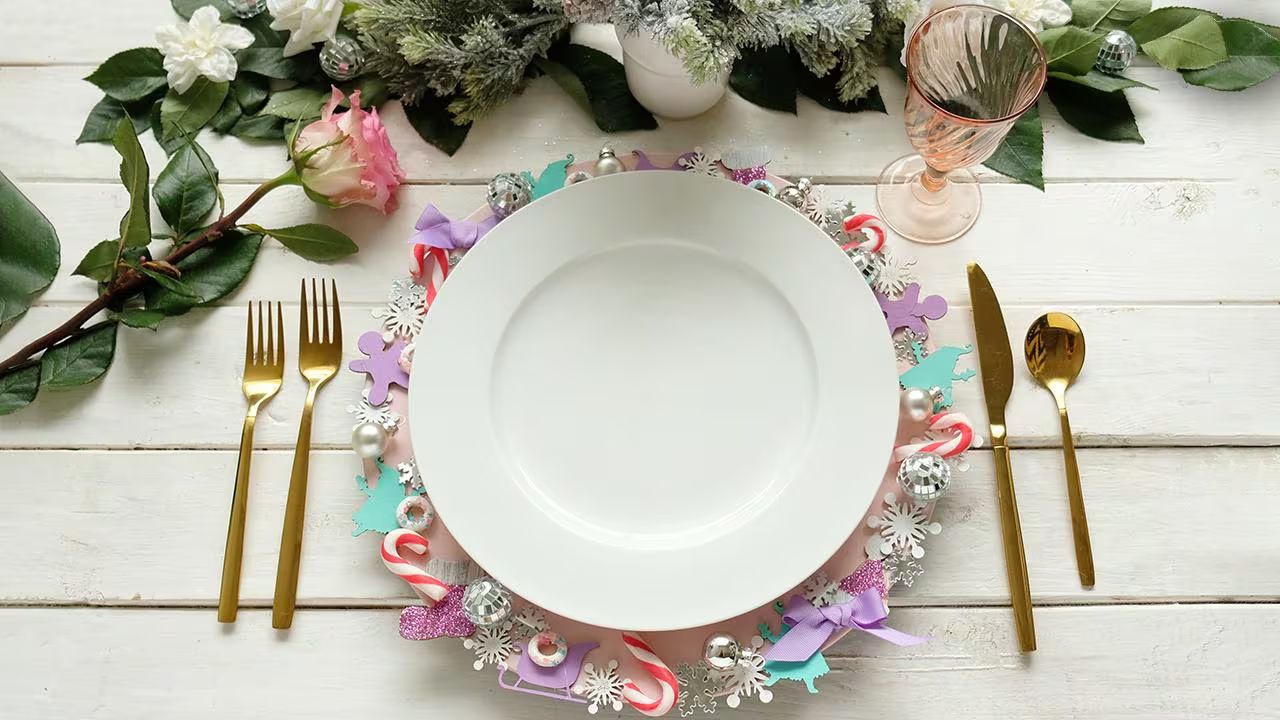


0 thoughts on “What To Use Instead Of Mixer”